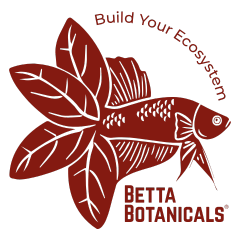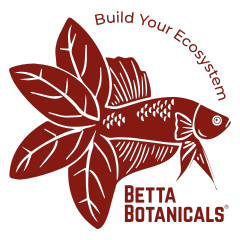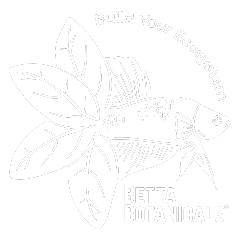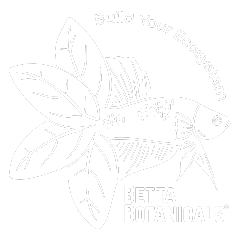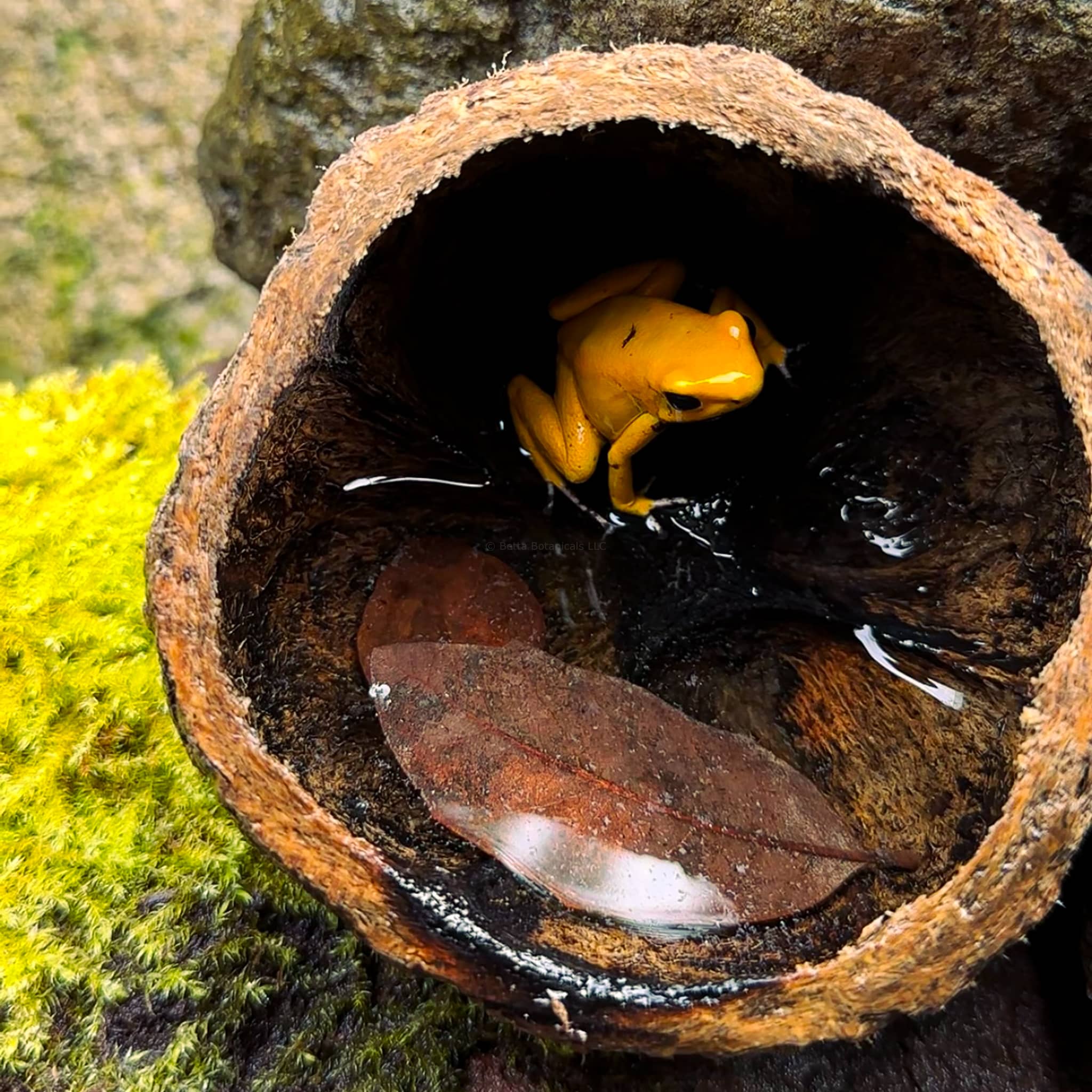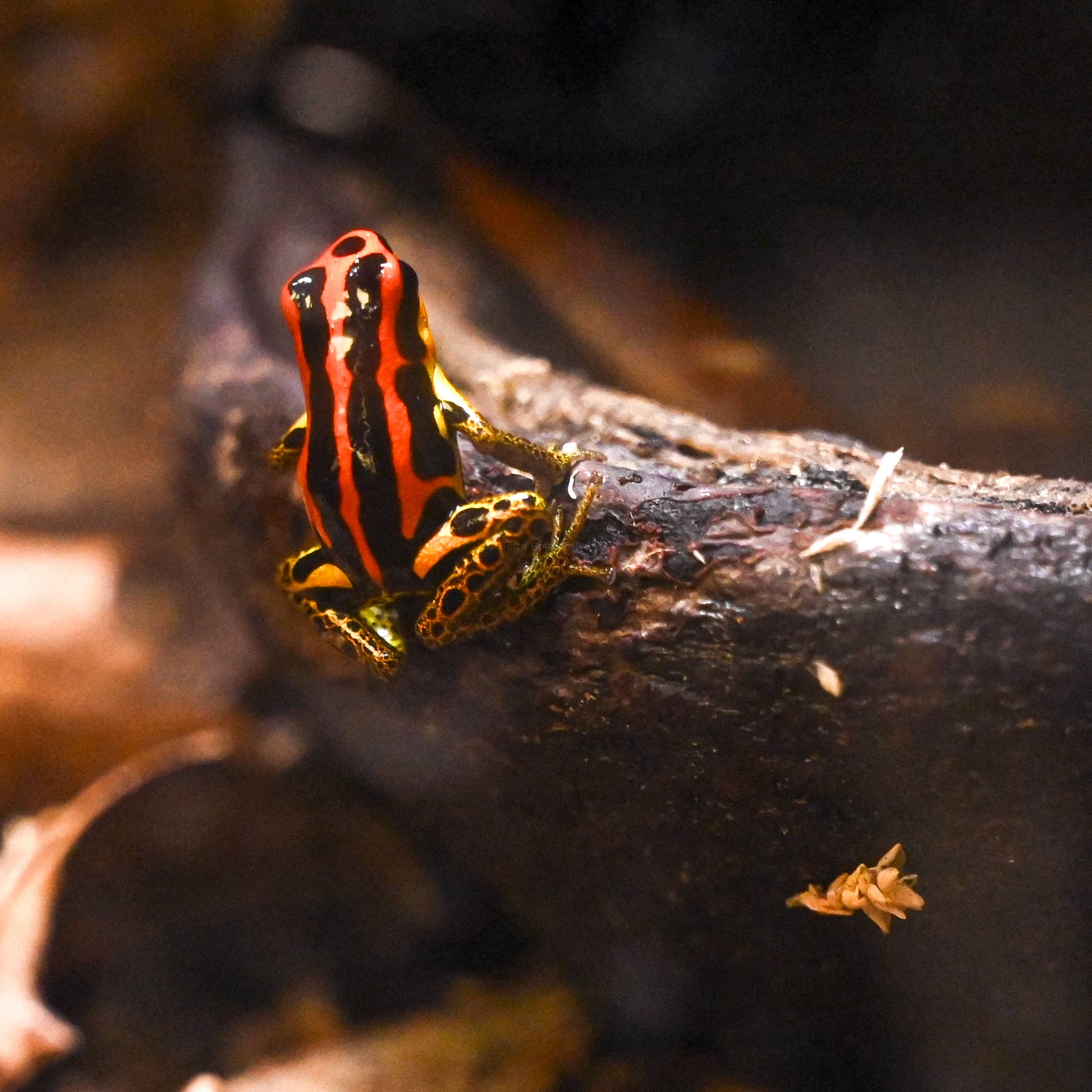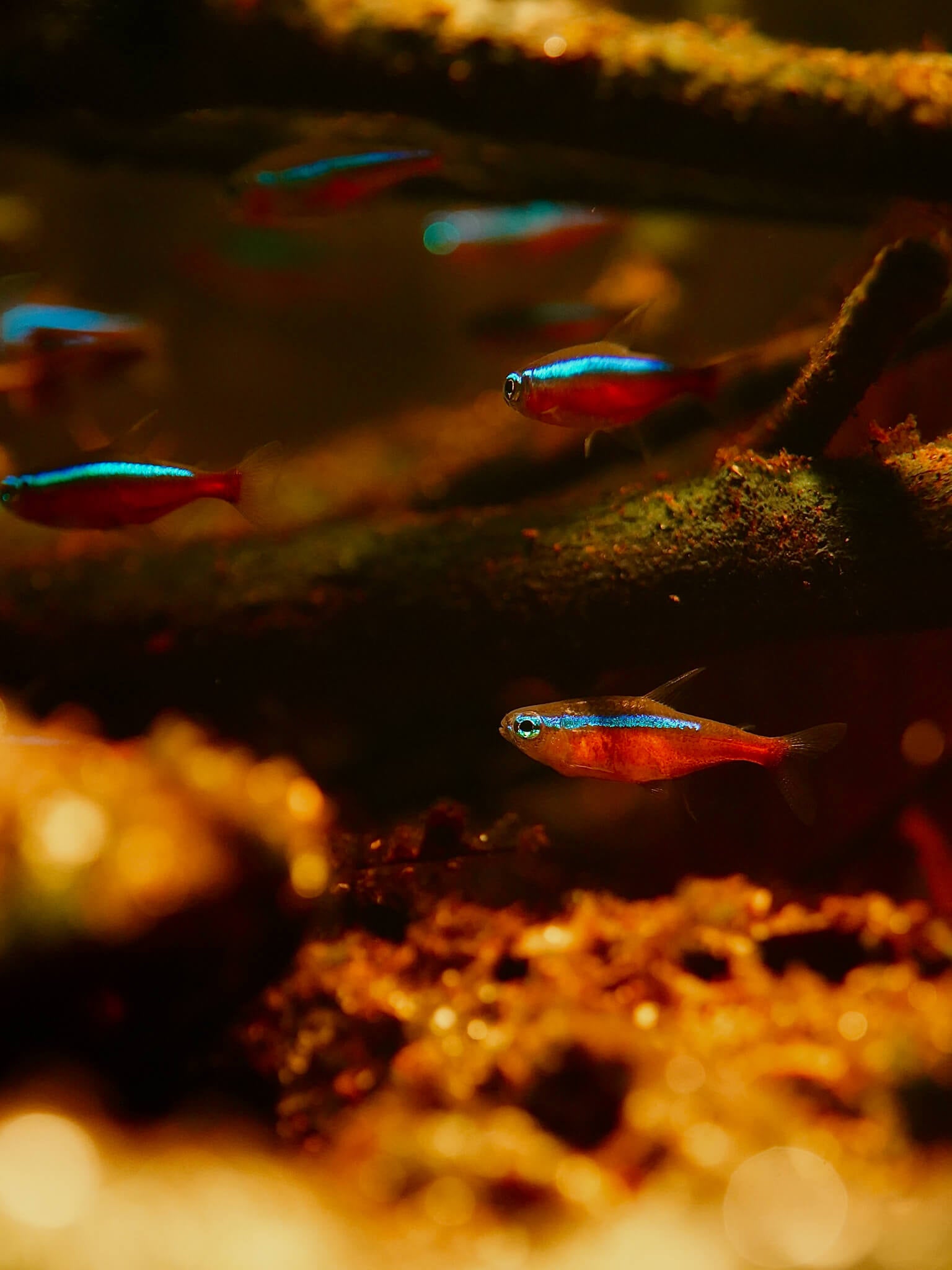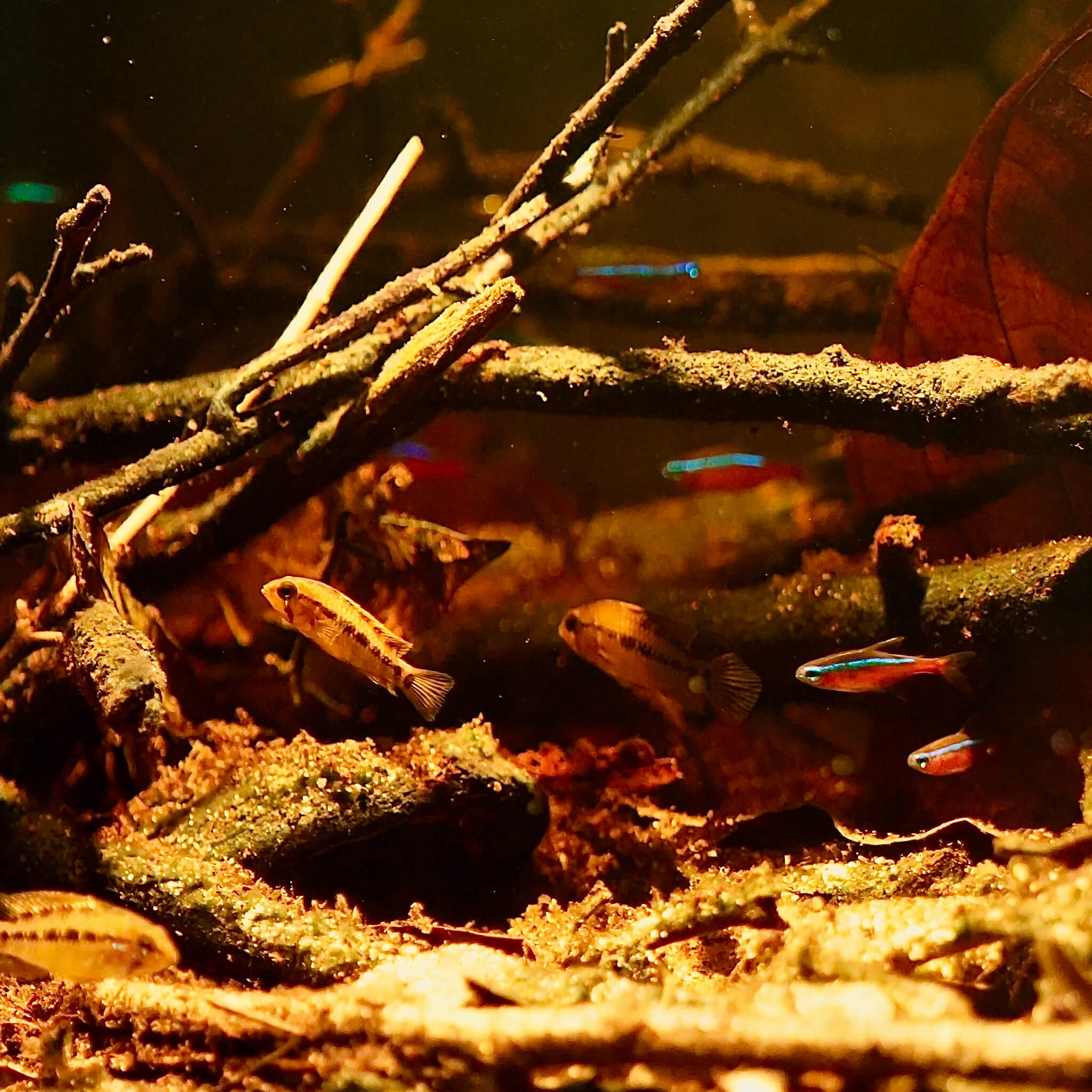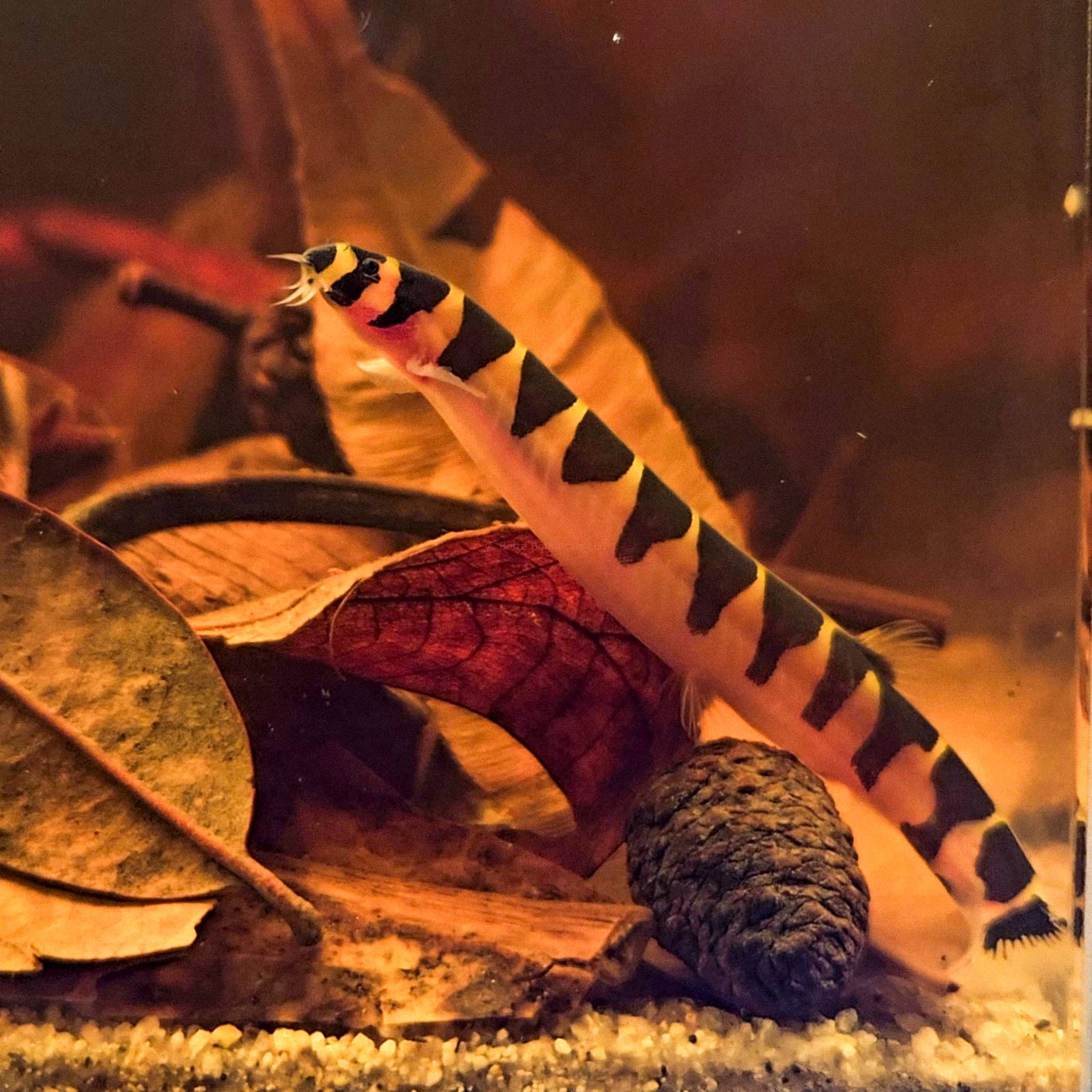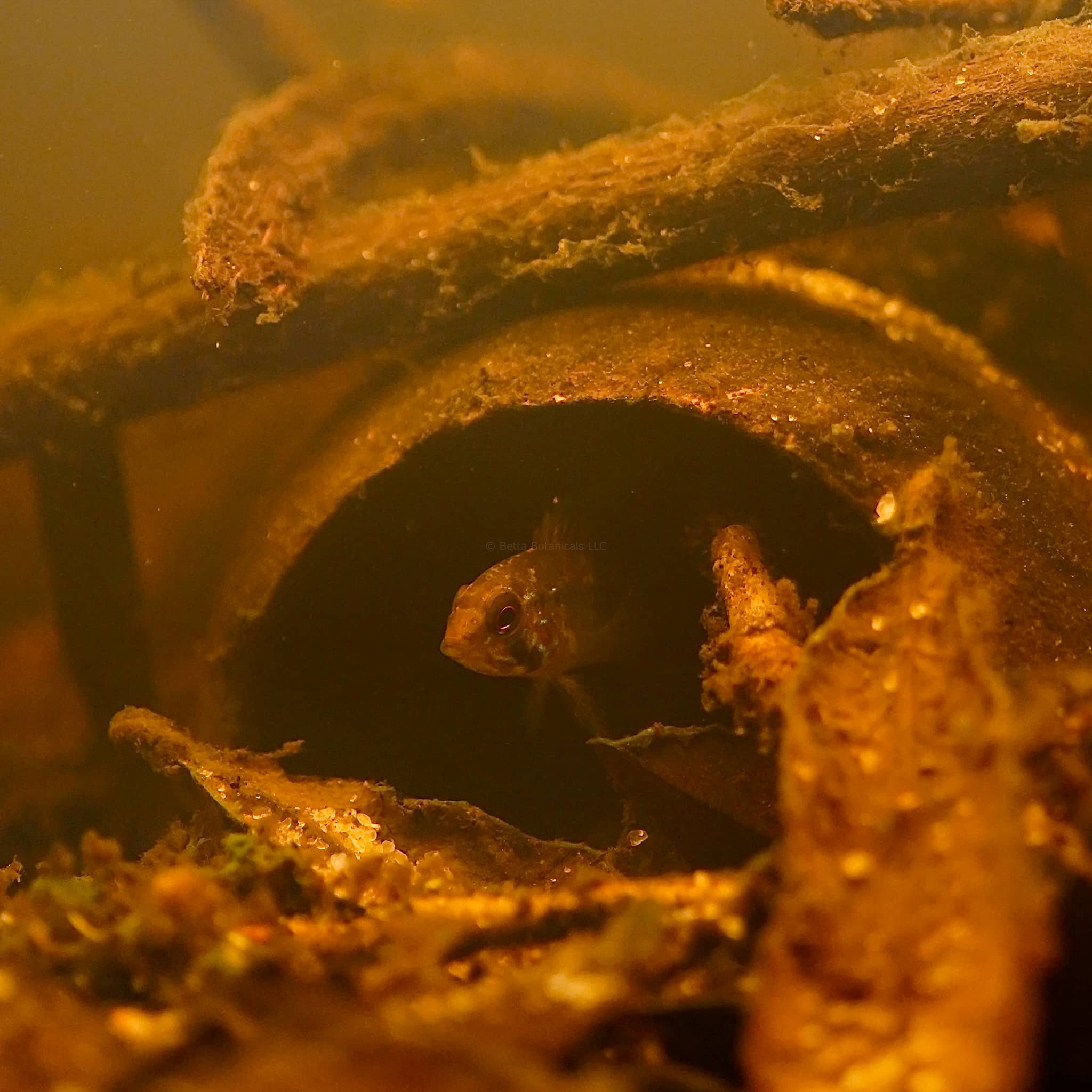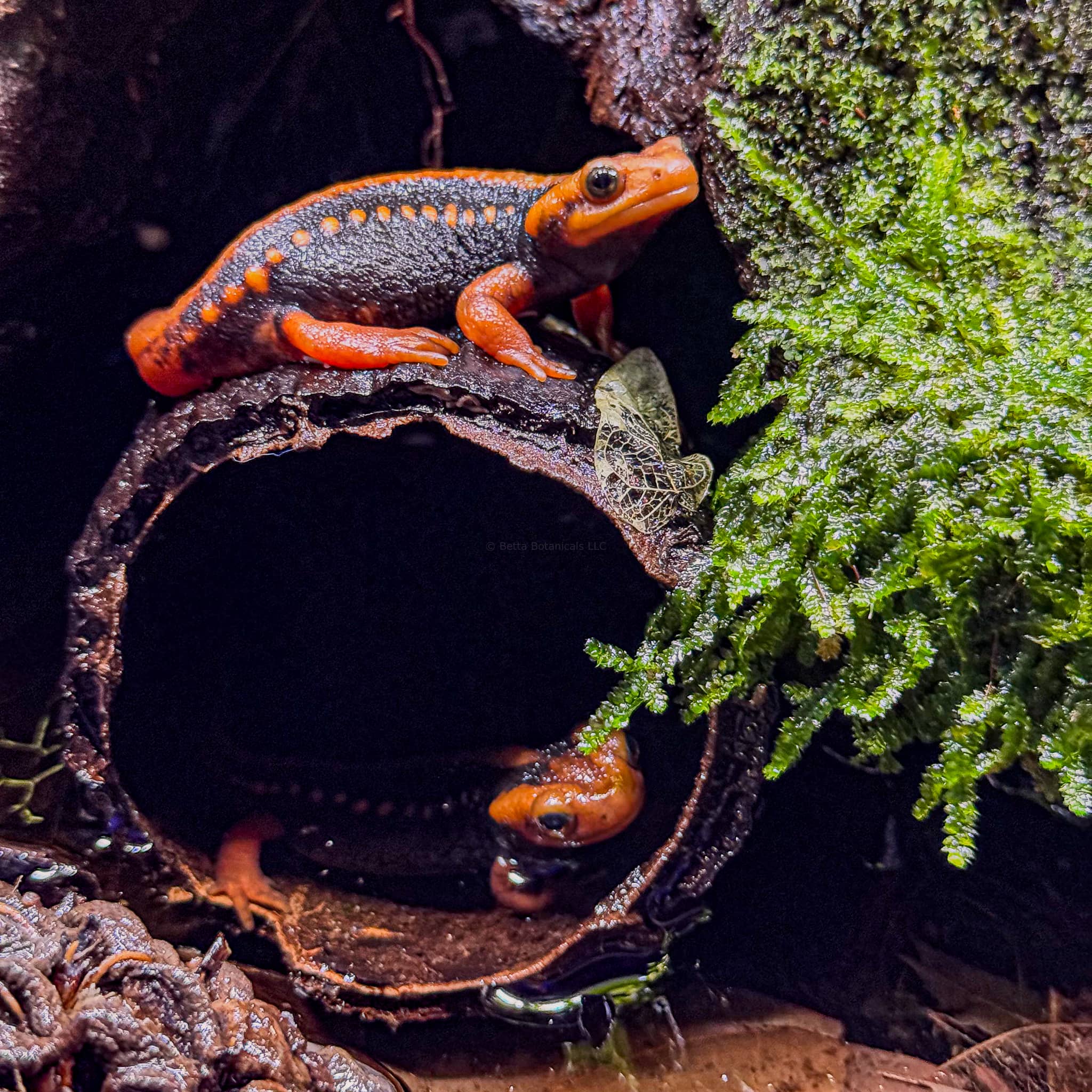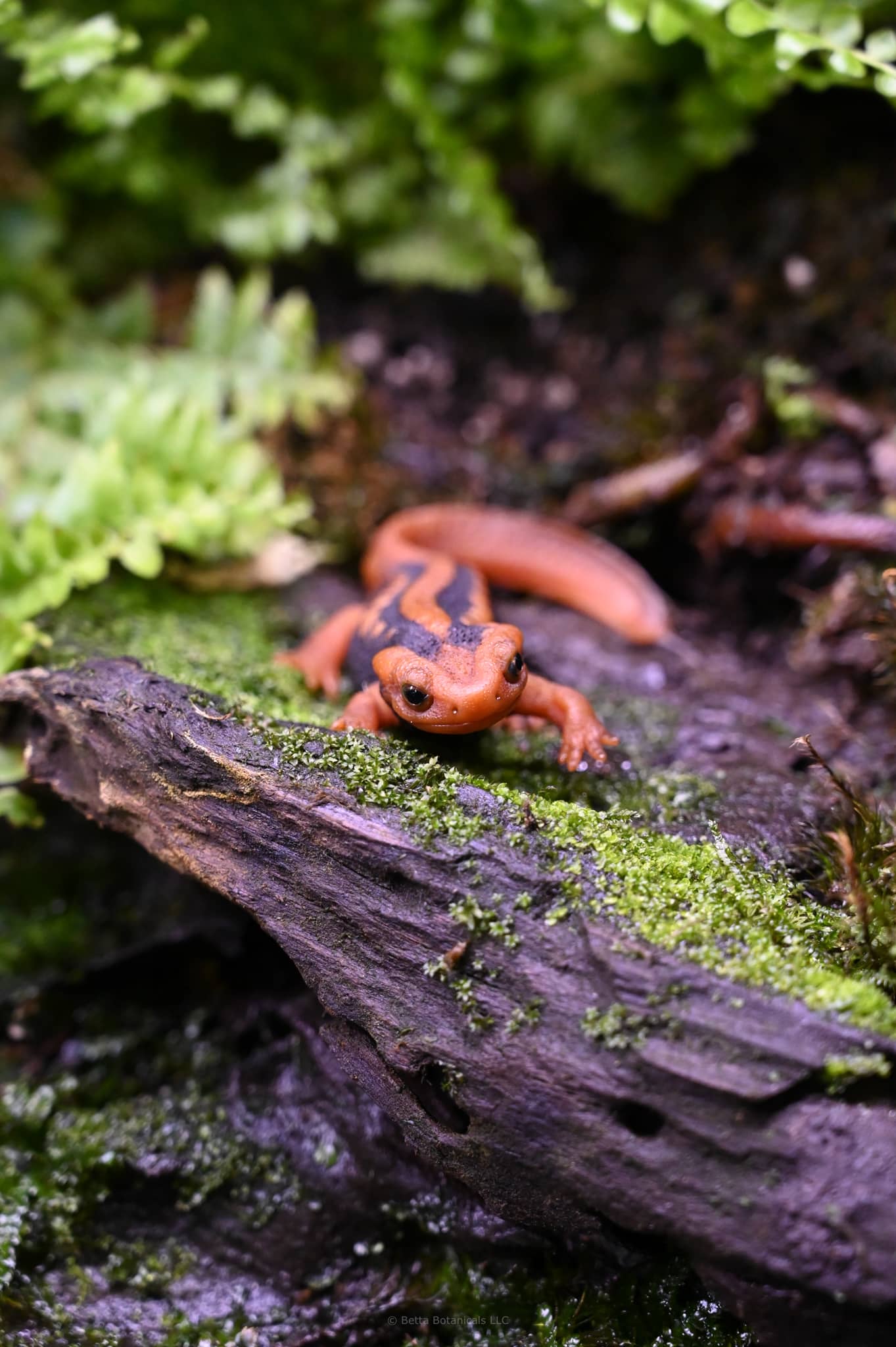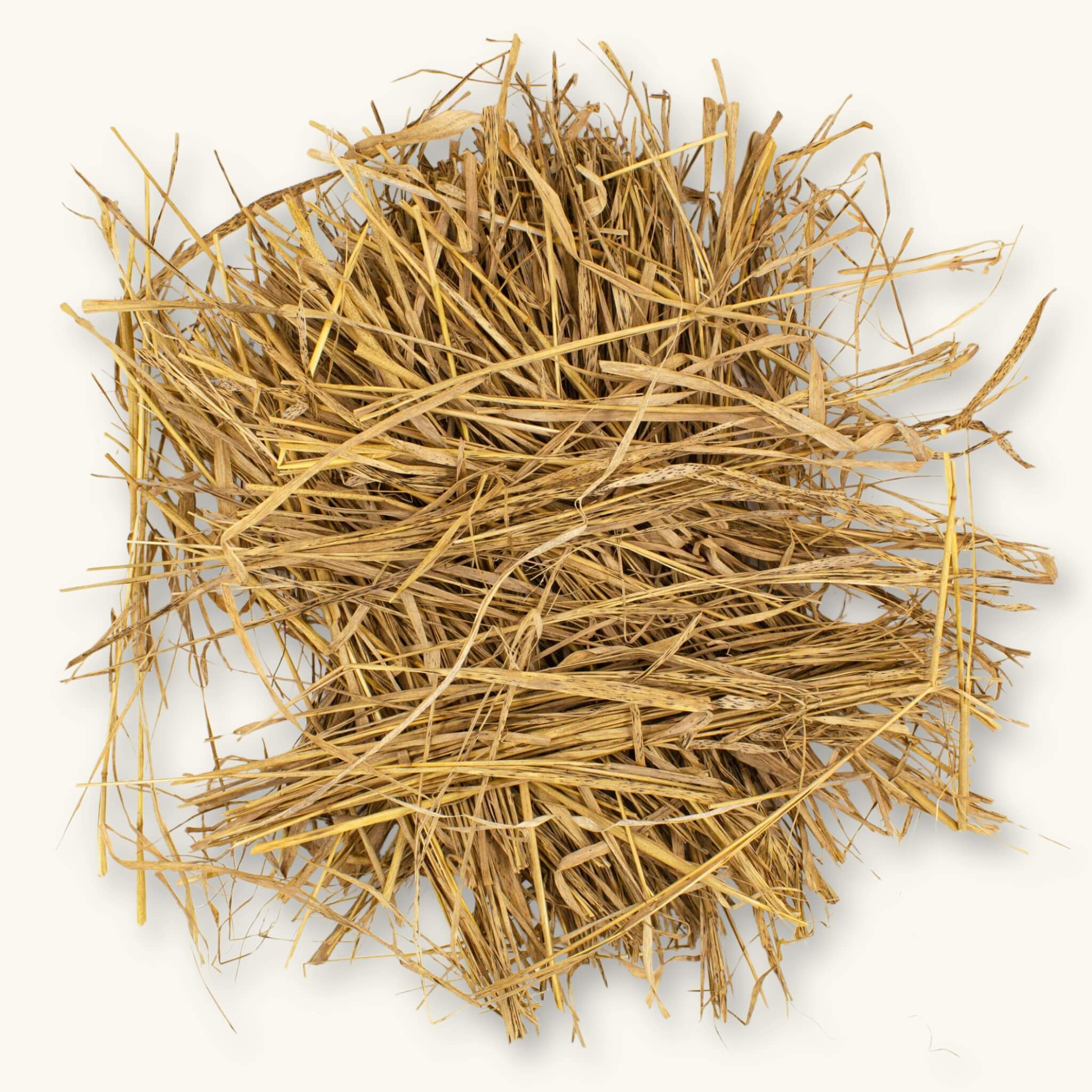
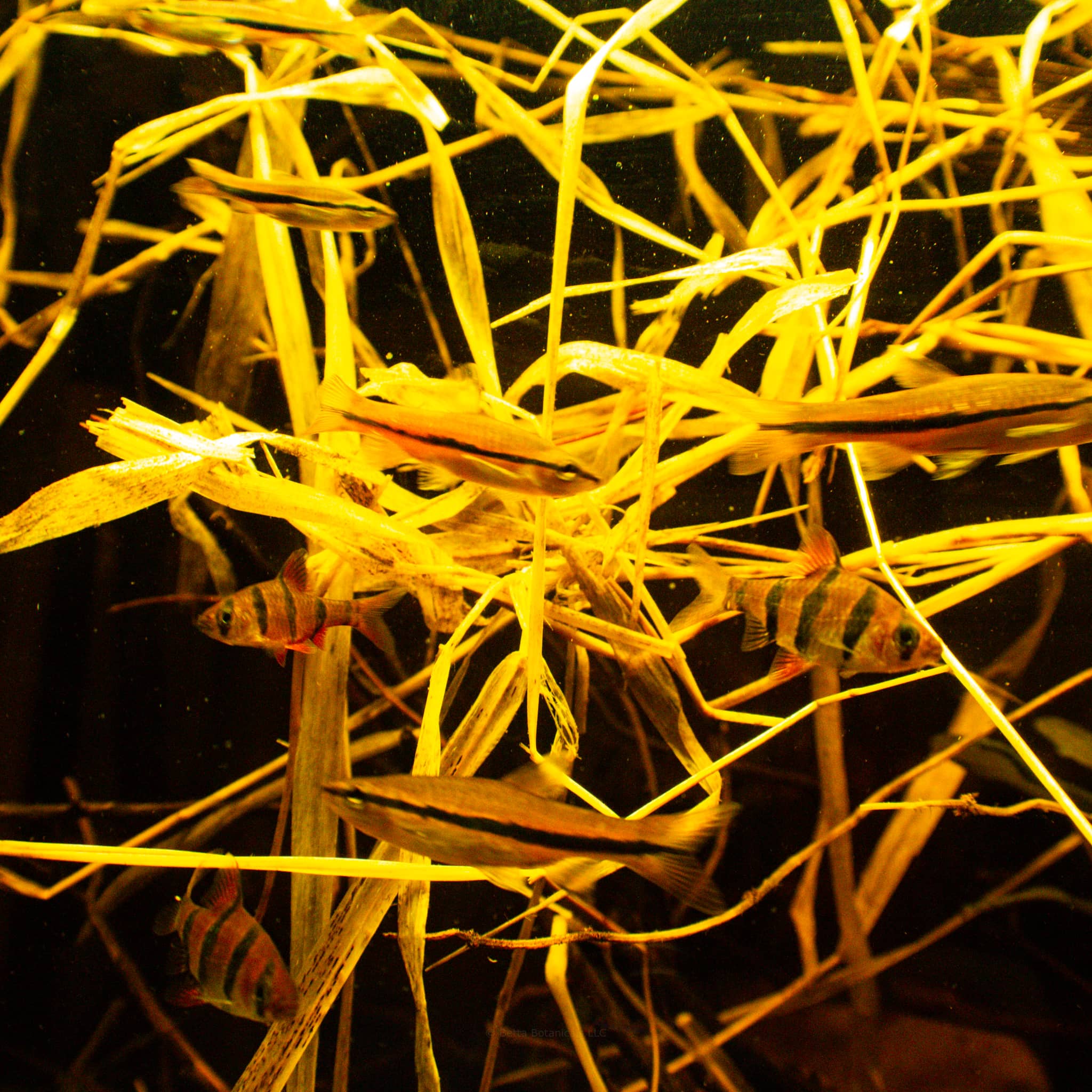
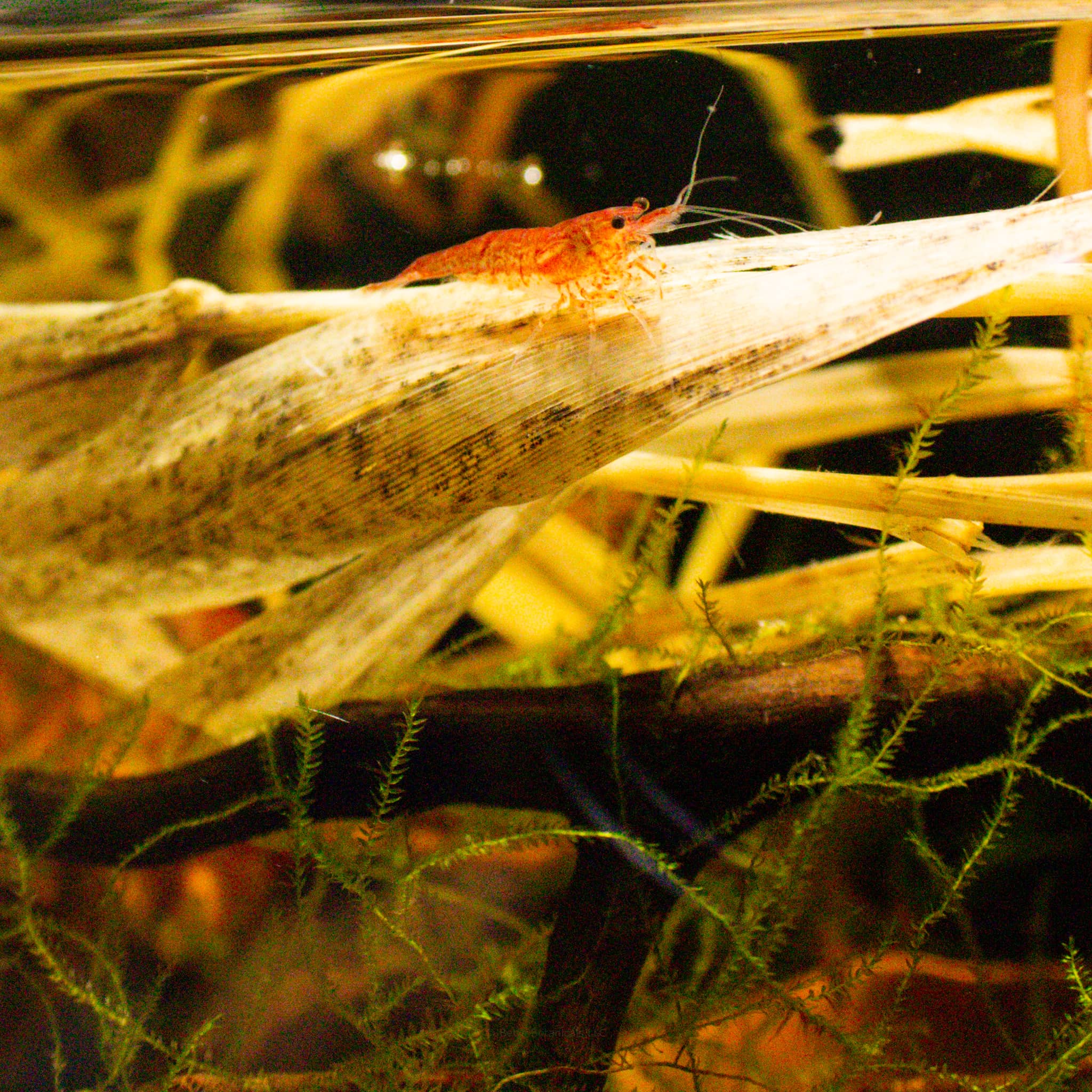
Swamp Grass | Carex sp.
Wetland Swamp Grass on the Surface:
Swamp Grass (Carex sp.) is a dried wetland sedge curated to replicate flooded grassland edges and marsh margins in botanical method aquariums and bioactive enclosures. It's fine, ribbon-like blades create a generic tropical look while breaking down at a measured pace—fueling biofilm (the soft, edible microbial layer) and detritus that sustain healthy food webs. Gathered in the USA, Carex integrates seamlessly into Southeast Asian or South American aquarium themes for natural habitat recreation across global wetland systems.
Essential Details
- Tannin Level: Low
- Tint Color: Pale straw to light amber
- Durability: Moderate to Low – soft fibers condition quickly; longevity depends on grazing pressure
- Habitat Location: USA (flooded meadow/marsh margins)
- Optimal For: Betta, rasbora, and gourami habitat recreation; shrimp and snail grazing; small fishes that browse microfauna; vivarium clean-up crews (isopods, springtails)
- Use with Caution: Do not boil — heat accelerates fiber breakdown; pre-rinse and soak only. Add by small handfuls and monitor fish behavior.
- Size Range: ~4–24″ blades (neatly folded in pouch)
- Quantities: ~40 g in a 12 oz compostable bag; strand length and density vary naturally
Swamp Grass (Carex sp.) for Aquariums & Vivariums
In aquariums, Swamp Grass behaves like a “feeder botanical.” As it hydrates, the soft blades rapidly recruit biofilm and fungi—prime grazing material for shrimp, snails, and microfauna. This conditioning phase jump-starts detritus formation and nutrient cycling, helping the system mature. Because Carex fibers are highly palatable, their persistence depends on the grazing activity within your system.
For best results: thoroughly rinse, then soak in dechlorinated water until slightly waterlogged. Start with a small handful, observe the biofilm bloom, and add new portions only after the initial growth subsides. As the grass conditions, harmless microcrustaceans such as copepods or cyclops often appear—providing live, supplemental nutrition for small fishes.
In vivariums, place Swamp Grass in slightly drier leaf-litter zones to slow decomposition and encourage biofilm succession over time. It provides cover, moisture modulation, and steady forage for isopods and springtails, supporting a thriving clean-up crew. Over time, the softened fibers fragment into the perpetual substrate, contributing to the fine organic matrix that stabilizes mature, botanically driven ecosystems.
Beneath the Leaves: Carex in the Wild
Sedges (genus Carex) form dense tussocks along marsh edges and floodplains, their triangular stems and narrow blades bending with seasonal floods. When waters rise, senesced blades submerge and release fine organics that feed microbes, invertebrates, and fry. As the floods recede, the thatch provides shelter and forage for land-dwelling detritivores. Swamp Grass channels this wet-dry rhythm into your aquarium or paludarium—allowing Mother Nature to lead the way.
Sustainability Note:
This product’s packaging is home compostable. Just like the botanicals inside, it will break down naturally and return to the soil, because what supports your ecosystem should minimally impact our planet.
Not for human consumption. Preparation required.
This is a natural product—variation in color, shape, and texture is expected.

Swamp Grass | Carex sp.
Home is getting more natural
While the aesthetic appeal of botanicals and tinted water can be quite attractive to us, the recreation of nature to emulate water conditions, feeding patterns, spawning displays, and territory building are the true benefits botanicals provide to our critters.
Botanical FAQs
Compostable Packaging Promise
Our packaging is designed to return safely to the Earth, just like the botanicals inside. Every bag is BPA- and Phthalate-free, GMO-free, and contains no animal products. Each meets ASTM D6400 composting standards, ensuring it can fully break down in a home compost bin.
What are the Fluffy White Growths on my Botanicals?
That’s biofilm and fungi—what we call the “goo phase.” It’s one of the clearest signs that your aquarium is alive and functioning. These growths wax and wane naturally as botanicals decompose. They’re harmless, even beneficial, and will disappear on their own once microbial populations stabilize.
Will botanicals lower the pH of my water?
That depends entirely on your source water. In very soft or RODI water, botanicals can gradually lower pH as tannins and humic substances accumulate. In medium to hard tap water, buffering capacity often resists these shifts, and you may not notice much change. At Betta Botanicals HQ, our very hard water (350+ ppm) shows almost no pH change unless we use botanicals like Alder Cones or Macaranga Leaves.
When should I replace leaves or pods in my tank?
We recommend allowing botanicals to fully break down into detritus, since this fuels microbial life and enriches the substrate. You can remove them once they stop tinting the water, but you’ll lose some of their ecological benefits. Each time you add new botanicals, follow proper preparation and observe your livestock until you learn your aquarium’s rhythm.
Are your products just for bettas?
Nope. Our botanicals are safe for almost all aquariums, terrariums, vivariums, and paludariums. The only exceptions are goldfish and axolotls, which may ingest small pods like alder cones or casuarina cones. For those species, we recommend large leaves such as Indian Almond, Loquat, or Jackfruit.
What are Tannins?
Tannins are natural compounds released by leaves, seed pods, and bark as they decompose in water. They soften water, gently lower pH, and create the characteristic tea-stained tint found in blackwater habitats. But their role goes far beyond color—tannins fuel beneficial bacteria, fungi, and biofilms, which form the foundation of a healthy ecosystem. They also offer mild antifungal benefits and help reduce stress in fish by replicating the natural conditions they’ve evolved in. At their core, tannins are plant-derived antioxidants that connect your aquarium to the same processes at work in wild flooded forests and streams.
